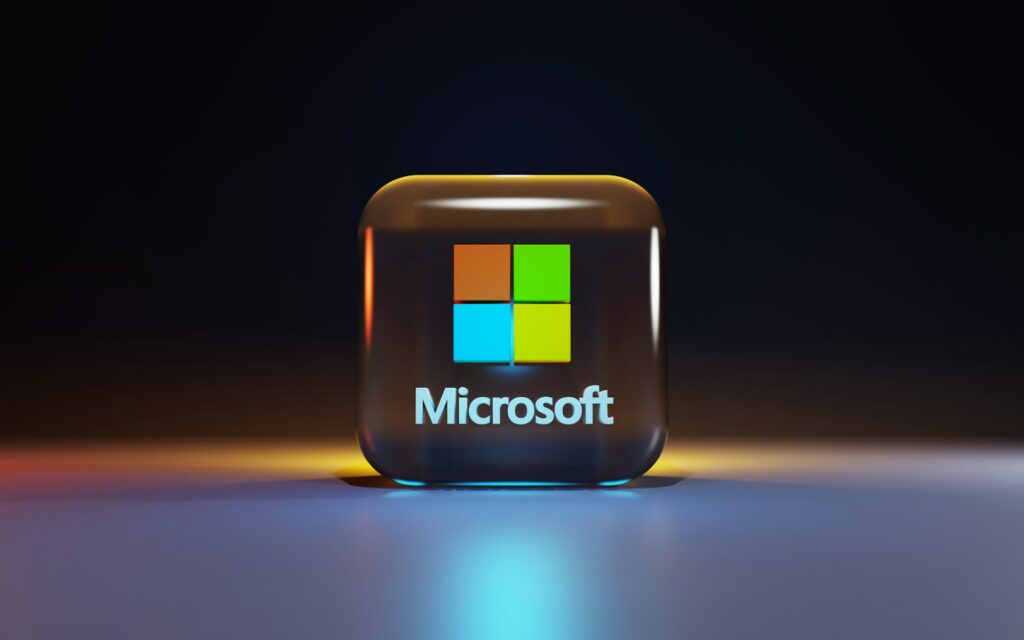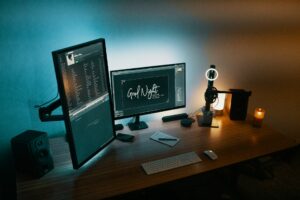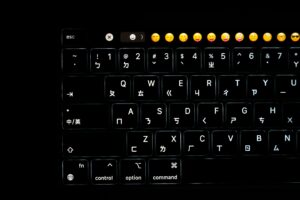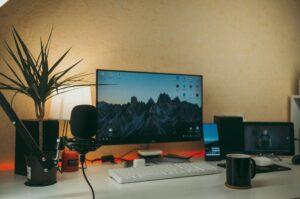Instructions on How to Personalize Windows Themes and Icons

Instructions on How to Personalize Windows Themes and Icons
customisation has reached new heights with Windows 10 and Windows 11, despite the fact that Windows has always allowed for some degree of customisation inside its operating system. Whether you prefer a clean, distraction-free appearance or a vivid desktop that reflects your personality, modifying themes and icons is a straightforward method to personalize your personal computer and give it a sense of individuality. Personalization, in addition to improving aesthetics, may also increase productivity by making it simpler to recognize applications that are regularly used.
Why Should You Customize the Skins and Icons of Windows?
Personalization is not just about looks; it also serves practical objectives, including the following:
- You may express yourself personally by using colors, backgrounds, and icon sets that reflect your own style.
- Enhancement of Productivity: Easily recognizable icons make it easier to locate applications.
- Making adjustments to the themes on your screen, such as going to dark mode, will help reduce the amount of strain that is placed on your eyes.
- Maintaining a consistent appearance across numerous computers is important for establishing a sense of familiarity.
Switching Between Windows Themes
In order to create a comprehensive appearance, themes combine a variety of elements, including wallpapers, audio, colors, and even cursors.
- Pressing Win and I will open the Settings menu.
- Themes may be found by navigating to Personalization.
- Explore the themes that are currently available, or click the Get more themes button to download more themes.
- Whenever you apply a theme, Windows will immediately alter the backgrounds, audio, and colors automatically.
- Additionally, you have the option of developing your own theme by changing each component on its own.
Making Personalizations to Backgrounds and Wallpapers
Your theme revolves around the backdrop which serves as its hub. To make a change:
- Click on Settings, then Personalization, and finally Background.
- It is possible to choose Slideshow, Picture, or Solid color.
- Make your selection or upload the picture you like.
- One of the most helpful applications for slideshows is when you want to keep your desktop looking fresh by switching the backdrops.
Modifying the Colors of Accents
Accent colors draw attention to buttons, menus, and things that have been chosen.
- Click on Settings, then Personalization, and finally Colors.
- You have the option of manually selecting a color or allowing Windows to choose one depending on the wallpaper you have installed.
- In order to have a more cohesive appearance, you should enable settings such as Show accent color on Start and taskbar.
- Another option is to flip between the dark and bright settings here.
The Alteration of System Icons
Default icons are used for folders, disks, and system shortcuts in Windows; however, you have the ability to change these icons with pictures of your own choosing.
Regarding the Desktop Icons:
- Navigate to the Settings>Personalization>Themes menu option.
- Click the settings icon for the desktop.
- Choose icons such as “This PC” or “Recycle Bin” from the list.
- Select a new icon by clicking the Change Icon button.
Regarding the Icons of Folders:
- Use the right mouse button to choose Properties from a folder.
- Go to the option labeled “Customize.”
- Click the Change Icon button, choose a new icon, and then apply it.
- The ability to color-code folders according to projects or categories is a valuable use of this.
Changing the Shortcuts On Your App
Personalized shortcuts to applications may also be added to the taskbar or the desktop.
- In the shortcut menu, right-click.
- To change the icon, choose Properties > Shortcut tab > Edit Icon.
- Find a file that has an icon, and then apply it.
Use of Individualized Icon Packs
There is support for third-party icon packs in Windows. Most of the time, they consist of complete sets for applications, directories, and system icons. In order to make advantage of them:
- Files in the.ico format may be downloaded.
- You may manually replace system or app icons by following the methods outlined above.
- This gives you the ability to create a desktop look that is consistent and themed.
Optional Personalization of the Start Menu and Taskbar
Right-clicking the taskbar allows you to make adjustments to settings like as the alignment, color, and transparency of the taskbar.
Pin the applications that you use the most and arrange them into folders using the Start Menu. For a more professional appearance, use this with your own unique icons.
Personalization of the Lock Screen
Be sure not to ignore the lock screen, since it is the very first thing that appears on your computer when you turn it on.
- After that, go to Settings > Personalization > Lock screen.
- Pick a slideshow or a picture to use as the backdrop.
- Determine which applications, such as calendar or email, are able to display a quick status.
- using a dark mode and themes with a high contrast
To ensure convenience and ease of access:
Dark mode helps reduce glare and eye strain, particularly during the nighttime hours.
Enhance the legibility of content for people who are visually challenged by using high contrast themes.
Settings > Personalization > Colors is where you may find both of these options.
Putting Away and Distributing Themes
After you have finished personalizing your personal computer, you have the option of saving the theme for later use or sharing it with other people:
- Navigate to the Settings>Personalization>Themes menu option.
- While your theme is active, right-click on it and pick the Save theme for sharing option.
- You may export the file as a.deskthemepack.
- One of the best ways to back up your favorite configurations or to transmit them to others is to use this method.
Some Suggestions for a Tidy and Practical Appearance
- Minimalist symbols are a great way to cut down on clutter.
- Make sure that the colors on your desktop and for your applications are consistent.
- Stay away from backgrounds that are too busy and make it difficult to view icons.
- Remove shortcuts that aren’t being utilized and pin the programs that are most necessary.
Your computer may be transformed from a conventional machine into a reflection of your preferences and requirements by customizing the themes and icons that are used by Windows. Experimenting with wallpapers, accent colors, custom icons, and themes allows you to build an environment that is not only aesthetically pleasing but also functional. You are able to customize every aspect of your desktop experience using the tools that Windows provides, regardless of whether you choose a graphic design that is simple and professional or one that is vibrant and lively.




